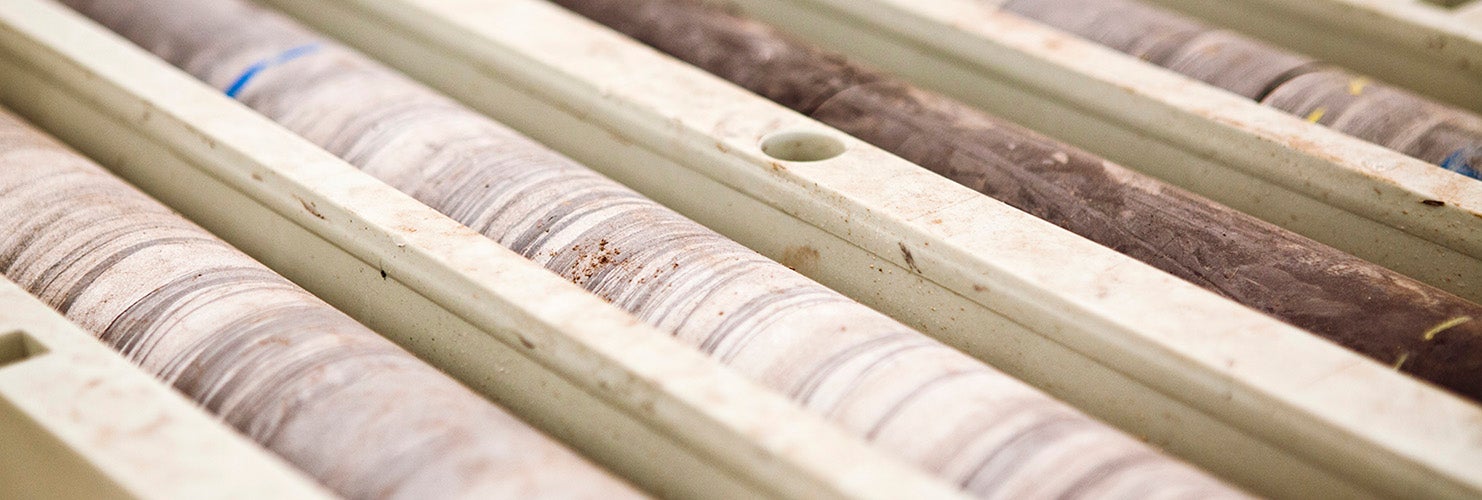Page
Latest ABS data confirms strong 2020 for minerals exploration in NSW
Exploration spending results released today by the Australian Bureau of Statistics confirm a strong final quarter in 2020 and a very strong 2020 overall for NSW exploration activity.
The ABS figures from the December 2020 quarter show total exploration expenditure in NSW of $67.7 million, up 7.6% from the September 2020 quarter.
This result caps a very strong year for the sector in NSW with a total exploration spend of $288m in 2020 – the second highest result on record.
Strong exploration spending in NSW is being led by increases in exploration activity for copper and base metals, as well as gold.
Exploration expenditure on copper rose 26.4% to $15.3 million, and base metals expenditure was up almost 30% to $25.3 million. Gold exploration expenditure also rose by 17.4% to a total of $27.7 million in the December 2020 quarter.
NSW Minerals Council CEO Stephen Galilee said this expenditure by mining and exploration companies in NSW demonstrates the resilience of the state’s mining industry during the COVID-19 pandemic.
“Exploration activity is directly linked to the potential mines of the future and is a critical part of the mining process so it is pleasing to see such strong levels of spending,” Mr Galilee said.
“It is critical for NSW and for regional communities that we have a solid pipeline of new mining projects that can help build a strong economic recovery from the impact of COVID-19,”
The ABS data also shows NSW share of Australian greenfields exploration averaged 11.9% in 2020, higher than the NSW Government’s target of 9%.
“NSW has high-quality deposits of a wide range of minerals including gold, copper, nickel, cobalt, silver, zinc, lead and coal, which we need to provide almost everything in our modern society,” Mr Galilee said.
“Our mining and exploration sectors have shown that they can provide jobs and economic stability for NSW, despite a global crisis, and with the right policies in place we can continue to make a very important contribution to the state’s economy.”
Callum Fountain

